This Year’s Theme: Texture and Mouthfeel
A delectable dish can be enjoyed with all five senses, arousing your senses of sight, sound, smell, touch, and taste. The theme for the 7th WWC is "texture and mouthfeel," focusing on the sense of touch. Aspects such as the chewiness or crispiness of the food, and how it feels on your tongue or as it is being swallowed, play a major role in creating a delicious eating experience.
There are many Japanese words that describe texture and mouthfeel. Dishes have been developed over the course of history placing as much importance on these factors as on the flavor of the food itself. When we are served a dish, we take in its appearance, smell, temperature, and other factors, and as we take a bite, feel it inside our mouth (texture, chewiness, etc.). Chewing the food stimulates our senses of taste and touch, while the sound of chewing stimulates our sense of sound, adding to the overall impression of the food.
People's preferences in texture and mouthfeel differ in the same way that people's preferences in flavor differ, depending on the country or region and their backgrounds. By thinking of ingredients often used in Japanese cuisine and its texture - Is it hard or soft? Is it rough or smooth? - you will have a better idea of what has traditionally been preferred in Japan. It will also help to compare these with the texture of ingredients popular in your own culture.
We hope that by putting "texture and mouthfeel" in the spotlight, you will be encouraged to reflect on your own unique preferences as well as those sought in traditional Japanese cooking.
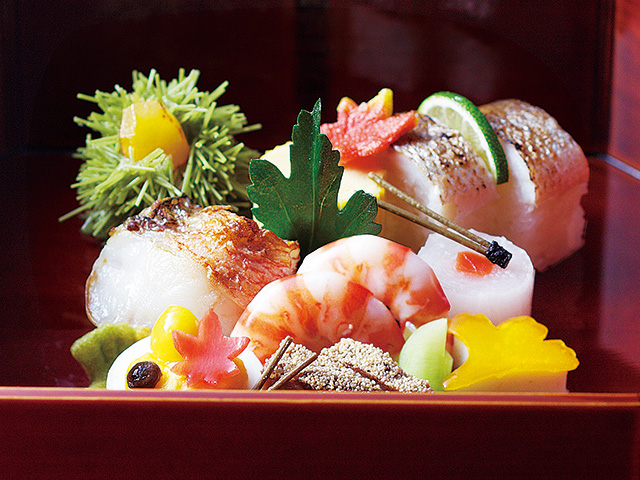
The basics of Japanese cuisine: “Five Flavors, Five Colors, Five Ways”
One of the fundamental concepts of Japanese cuisine is “Five Flavors, Five Colors, Five Ways (of cooking).” The five flavors are: sweetness, sourness, saltiness, bitterness, and UMAMI. The five colors are: red, blue/green, yellow, white, and black. The five ways of cooking are: cutting, simmering, grilling, steaming, and deep-frying. By combining these, Japanese cuisine brings out the full, mouthwatering potential of each ingredient.
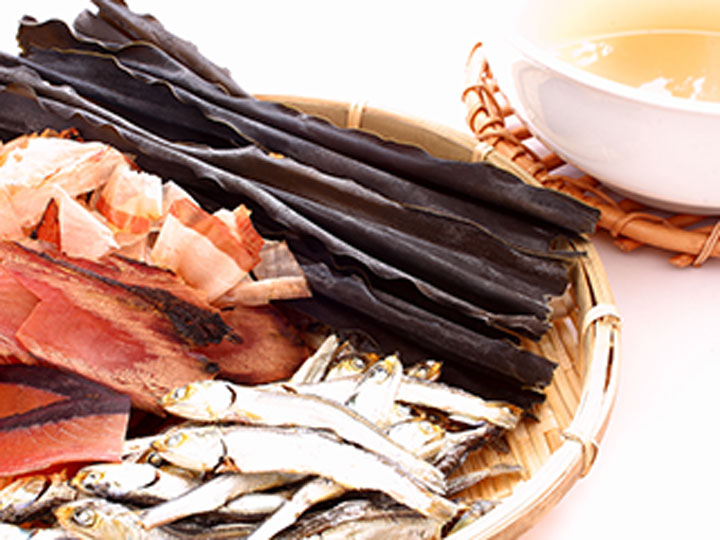
Contest Theme: UMAMI
What is UMAMI?
UMAMI is the source of the savoriness of Japanese cuisine. It is one of the five basic tastes, the others being sweetness, sourness, saltiness, and bitterness, and an important component of a dish’s flavor. Recognition of UMAMI has increased in recent years, and the word has made its way into many non-Japanese dictionaries. The UMAMI taste is usually a product of some combination of inosinic acid, amino acids such as glutamic acid, and nucleic acids such as guanylic acid. In Japan, the technique of extracting UMAMI from kombu kelp and bonito flakes to create dashi broth was developed approximately 500 years ago. Many cookbooks were published in the mid-Edo period (around 1651-1745), and these strongly advocated the importance of dashi. Japan has a long history of valuing dashi highly, and its UMAMI has brought out the flavors of ingredients and played key roles in the creation of delectable dishes. The basic dashi is made with kombu kelp and bonito flakes. The combination of the glutamic acid in kombu and the inosinic acid in bonito flakes create a delicious UMAMI taste.
Eligibility
- Chef must be of non-Japanese nationality with experience in cooking Japanese cuisine AND over two years of experience as a chef (current place of residence can be any country, including Japan).
- Chef must be able to participate in one of the qualifying tournaments.
How to Apply
Please submit your entry and send in photos of three Japanese dishes using the form below.
Qualifying tournament in Hong Kong: July 26th
Qualifying tournament in Singapore: September 12th
Qualifying tournament in Paris: October 17th
Application Process
- Entry
Enter your name, nationality, country of residence, email address, telephone number, and which qualifying tournament you would like to participate in - Submit photos
Submit photos of three Japanese dishes you have made - Application document screening
- Qualifying tournaments
- Winners of qualifying tournaments submit assignments for final
- Final tournament in Tokyo
*The application process is different for the US qualifying tournament. Please click here for more details.
Submission Requirements
- * Photos must be of dishes prepared by the applicant and must not have received an award in any contest.
- * Recipes for sushi, sweets, snacks, desserts, and drinks are excluded from this contest.
1st Stage: Application Document Screening
For the qualifying tournaments in Paris, Singapore, and Hong Kong, there will be preliminary screenings to select the contestants. These screenings will be based on photos of 3 Japanese dishes made by the applicant which reflect the contest themes of “UMAMI” and “Texture and Mouthfeel,” as well as brief explanations of each of these dishes (a total of around 150 words).
- *When taking the photos, please make sure that the ingredients are clearly visible. You may submit multiple photos of a dish, taken from different angles, etc., if necessary.
- *In order to ensure fair judging, please avoid having the name of the restaurant or applicant appear in the photos.
- *The application process is different for the US qualifying tournament. Please click here for more details.
Judging
Photos of dishes will be judged according to the following criteria:
- – Is the amount of food and the size of the plate/bowl it is on well balanced?
- – Is the coloring appealing?
- – Are the ingredients cut cleanly?
- – Have traditional Japanese cooking methods been used to prepare the dish?
- – Does the dish reflect the contest themes (“UMAMI,” “Texture and Mouthfeel”)?
- – Do the ingredients complement each other?
- – Are the 3 dishes distinct, with no overlap in the type of dish and/or ingredients?
Example of photo:
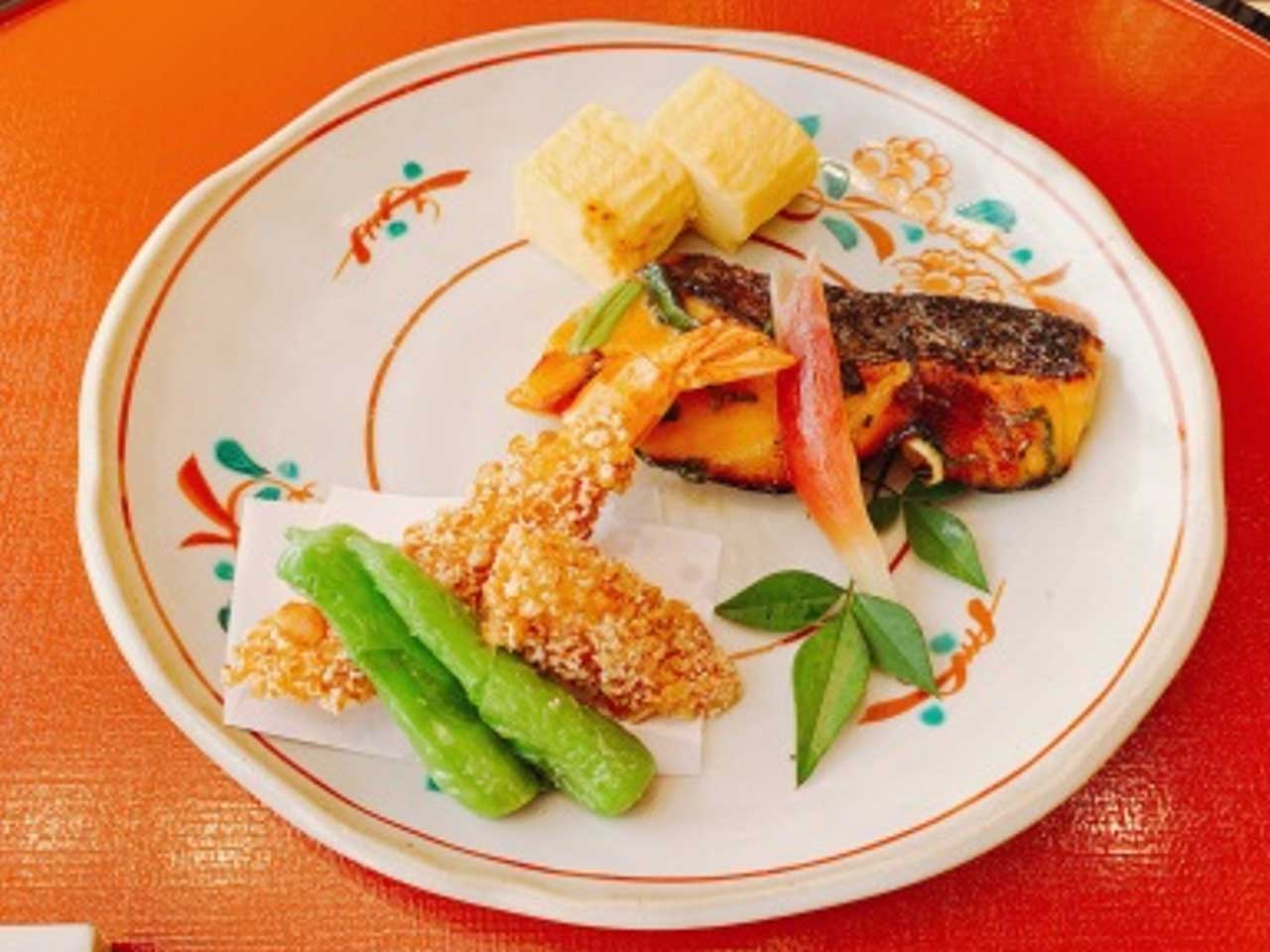
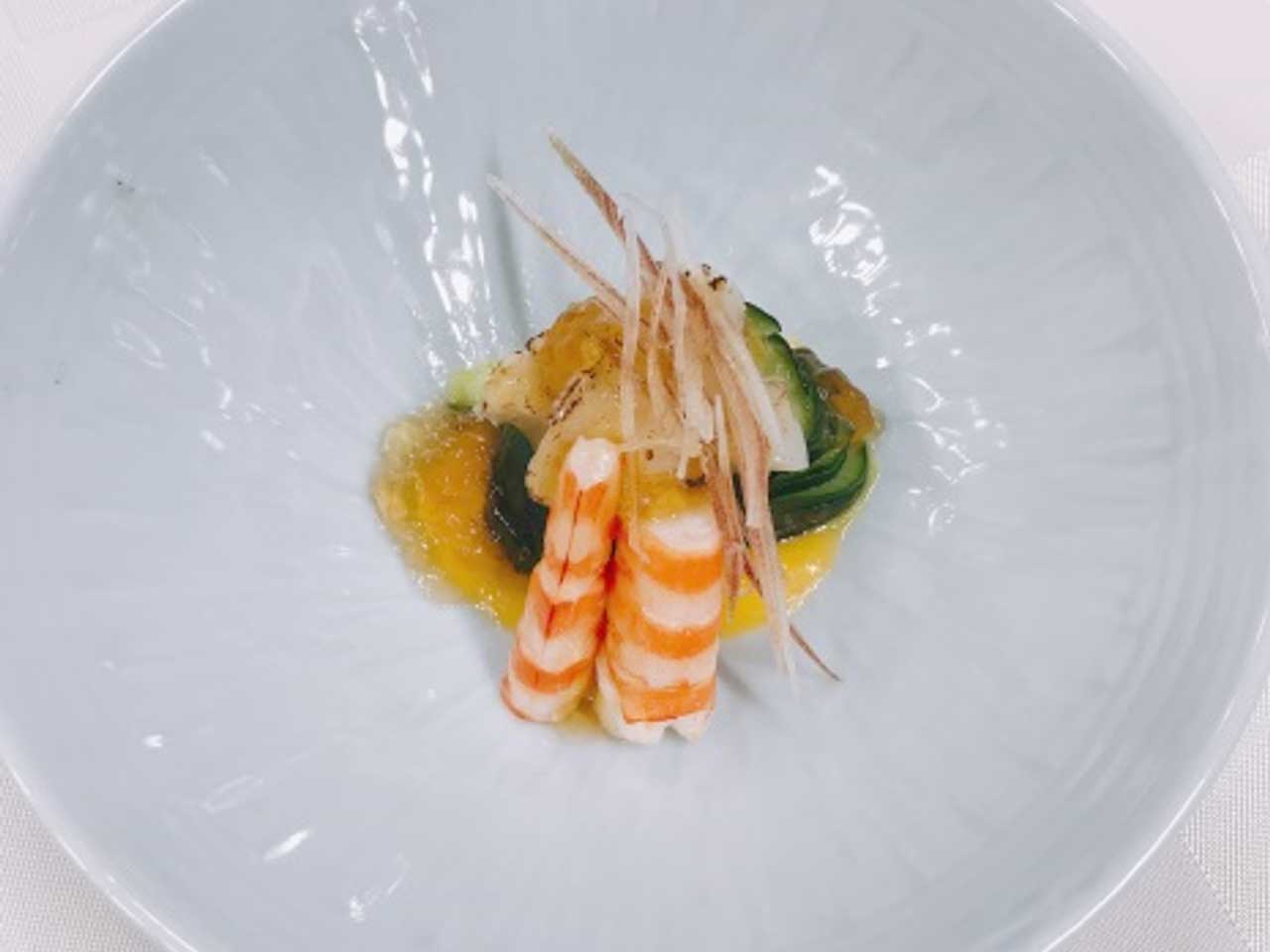
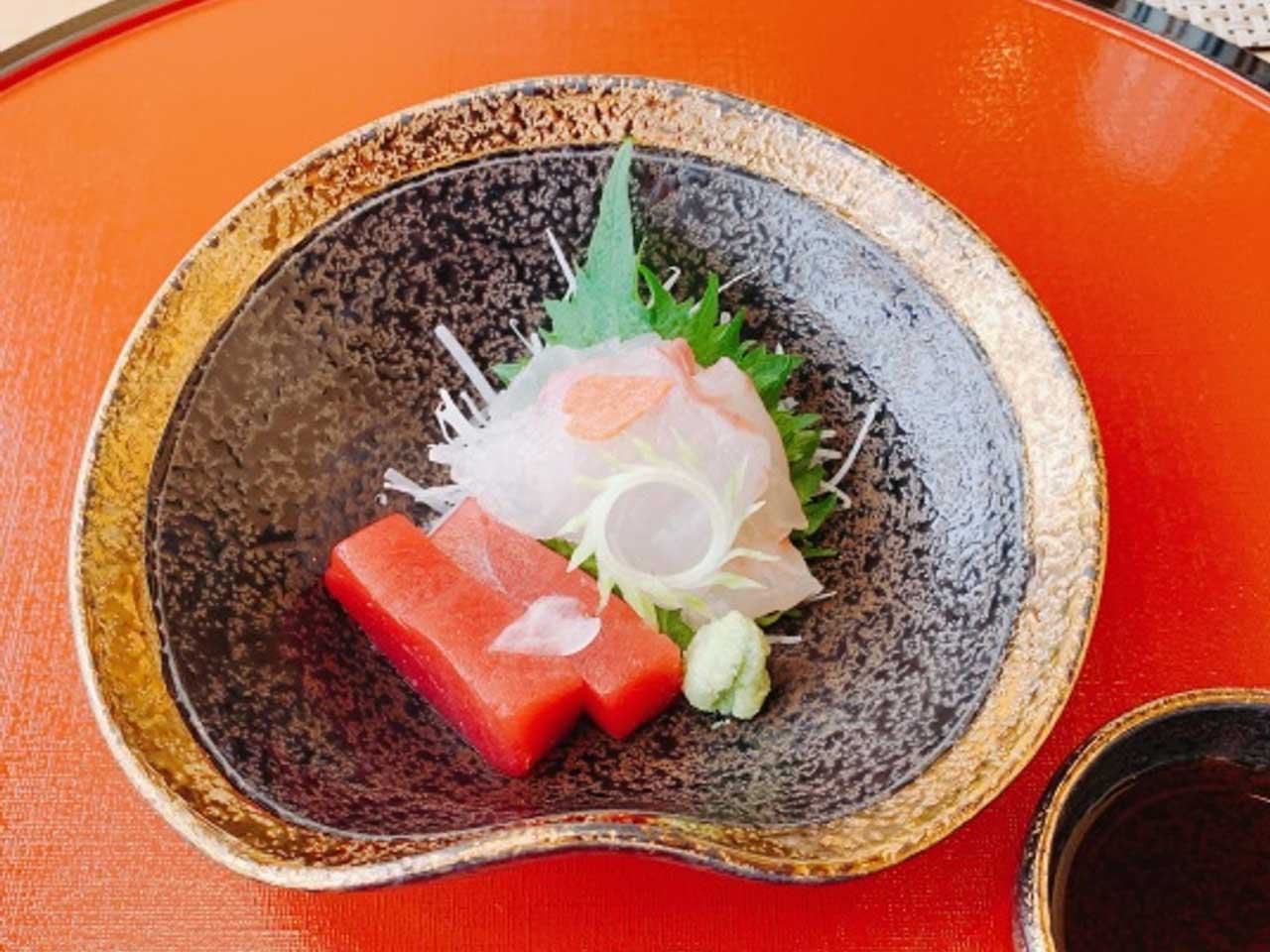
Entry Submission and Notification of Results
If you would like to apply for the Hong Kong qualifying tournament, please submit your entry and send in photos of three Japanese dishes from the form below by July 26th, 2019. You will be notified of the screening results by August 1st by email.
*Details on the Paris and Singapore tournaments to come.
Qualifying and Final Tournaments
For dates regarding the qualifying tournaments and final tournament, please check the SCHEDULE page.
Details on qualifying tournaments Details on final tournament Judges